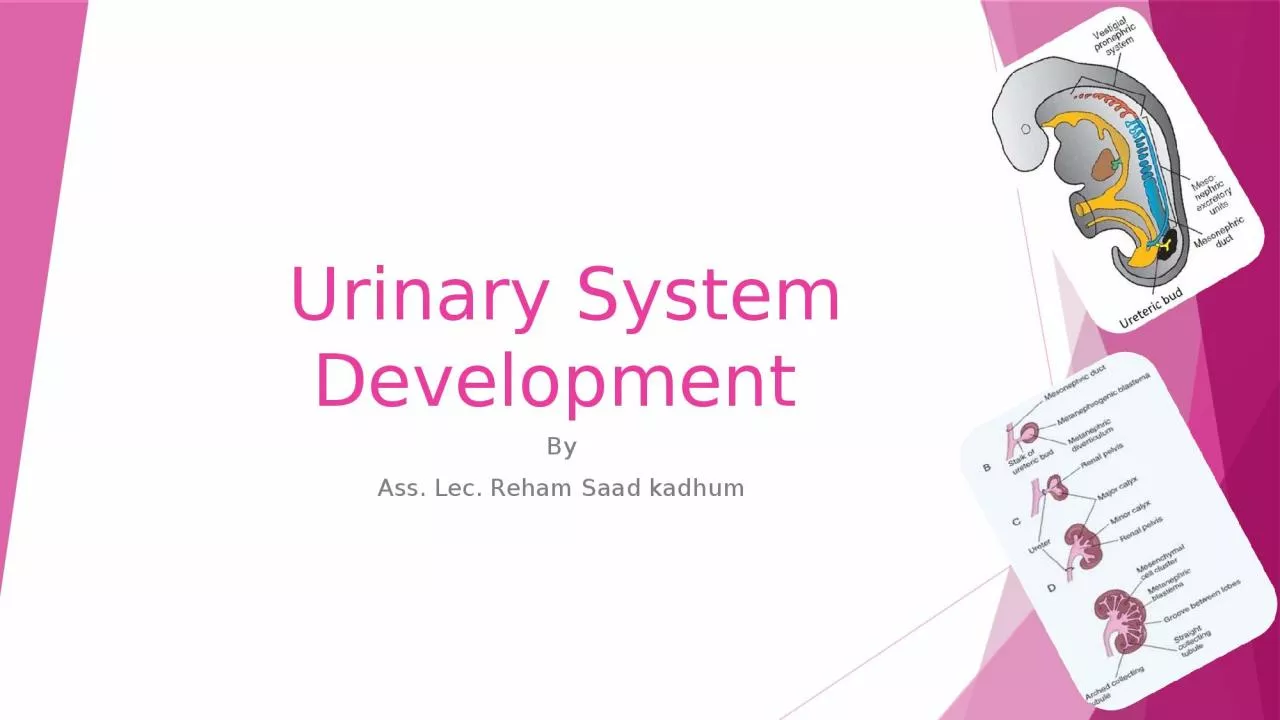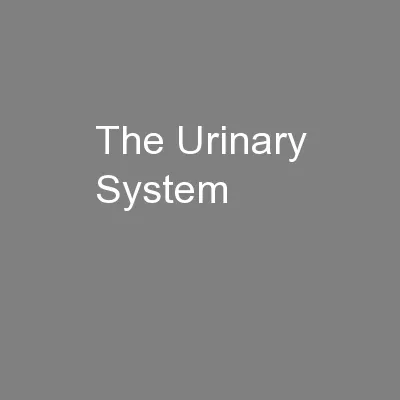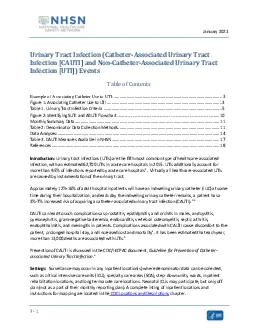PPT-Urinary S ystem Development
Author : patricia | Published Date : 2024-02-02
By Ass Lec Reham Saad kadhum Urogenital System Functionally the urogenital system can be divided into two entirely different compounds 1 The urinary system
Presentation Embed Code
Download Presentation
Download Presentation The PPT/PDF document "Urinary S ystem Development" is the property of its rightful owner. Permission is granted to download and print the materials on this website for personal, non-commercial use only, and to display it on your personal computer provided you do not modify the materials and that you retain all copyright notices contained in the materials. By downloading content from our website, you accept the terms of this agreement.
Urinary S ystem Development: Transcript
Download Rules Of Document
"Urinary S ystem Development"The content belongs to its owner. You may download and print it for personal use, without modification, and keep all copyright notices. By downloading, you agree to these terms.
Related Documents














